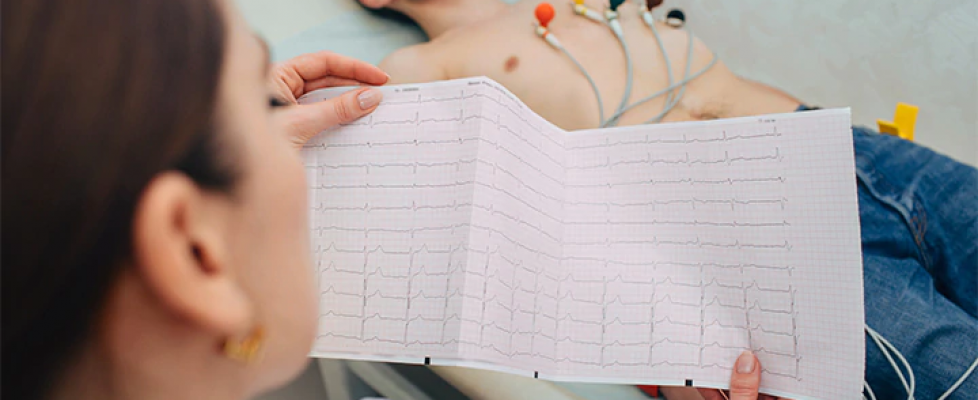Faster Troponin Times; Boosting Cardiac Rehab; Best Use of Telehealth
— Reports of quality improvement at hospitals across the country
by Nicole Lou, Staff Writer, MedPage Today October 9, 2020
Standardized processes and patient education were key to faster, better care for people with heart disease or suspected heart disease.
These and other lessons were emphasized in quality improvement initiatives shared at this year’s virtual ACC Quality Summit hosted by the American College of Cardiology.
Below is a selection of highlights:
- A California emergency department (ED) cut troponin turnaround times after implementing standard chest pain rule-out order sets and “stat” buttons for quick lab draws. As a result, patients spent less time in the ED.
- A two-part intervention was found to reduce time from patient presentation to ECG acquisition at two Pennsylvania hospitals. The intervention had consisted of education for nurses and informational placards encouraging symptomatic patients to seek immediate assistance and ECG evaluation.
- Operators at a low-volume, rural Nebraska hospital were able to maintain care quality and proficiency in radial access for cardiac catheterization procedures.
- Improved cardiac rehabilitation enrollment rates after percutaneous coronary intervention were possible given patient education and closer coordination between hospital and cardiac rehabilitation facility, a New York center found.
- Implementation of a nurse-led clinic for atrial fibrillation patients after hospital discharge led to lower 30-day and 90-day readmissions for one health system in Georgia.
- The dobutamine used in stress echocardiography could be mixed for infusion at a larger volume (with a lower concentration and faster infusion rate), leading to cost savings, faster time to target heart rate, and more physiological response, a Florida group suggested.
- Not having to travel was a perk of telehealth appointments, patients of a San Francisco heart and vascular clinic said in a survey. Difficulties connecting to video call were reported by 45%, however, and patients suggested telehealth is better suited for follow-up visits.

